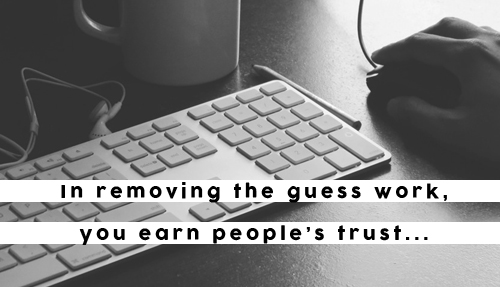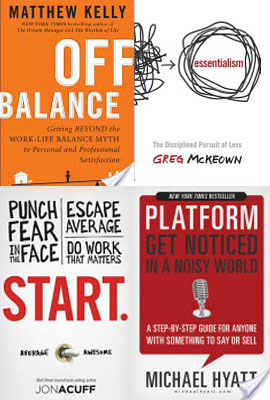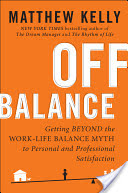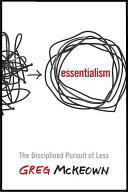Tracking progress toward a goal is more or less a given as part of the success formula. We log total miles run leading up to race day. We monitor progress toward quarterly sales quotas. We “track” things to be able to stay motivated and focused.
But what if we mistakenly track the wrong thing?
One (extra) takeaway I had from reading Atomic Habits recently was the notion that we optimize for what we measure. In other words, whatever metric we deem important, we’ll start modeling our behavior to hit that metric.
In the sales world, a metric based solely on volume could lead us to cut deals with customers just to pump our total unit sales. But that creates a situation where we risk sacrificing gross profit and could (potentially) create a negative GP result.
However, having a goal that is mixed between volume, new customer acquisition and total GP can help create “good behavior” that keeps focus on the big picture as a sales rep while simultaneously maintaining the organization’s long-term health.
Or in our personal lives, we can let status symbols like a car or a house be our metric of success. This can lead us to work longer hours and feel like climbing the corporate ladder is the only way to win. But this creates a situation where we risk accidentally leaving our family or personal health in the rear view mirror.
If we instead make our metric of success ‘keeping a budget’ or ‘living within our means’, the need to overwork and burn out can be reduced. Status symbols and monthly budgets both revolve around our finances, but one keeps us focused on the big picture while simultaneously keeping our finances in order.
As we go about setting our top-level goals, we have to be careful which metrics we choose to track our progress. Making sure they don’t derail other important areas is key to maintaining long-term success.
What metrics do you currently use to measure your goals? Have you adjusted them over time to make them more effective?
Stay tuned for my next post where we dive in to how this lesson changed what metrics I’m using for myself in 2019 v what I used last year.










